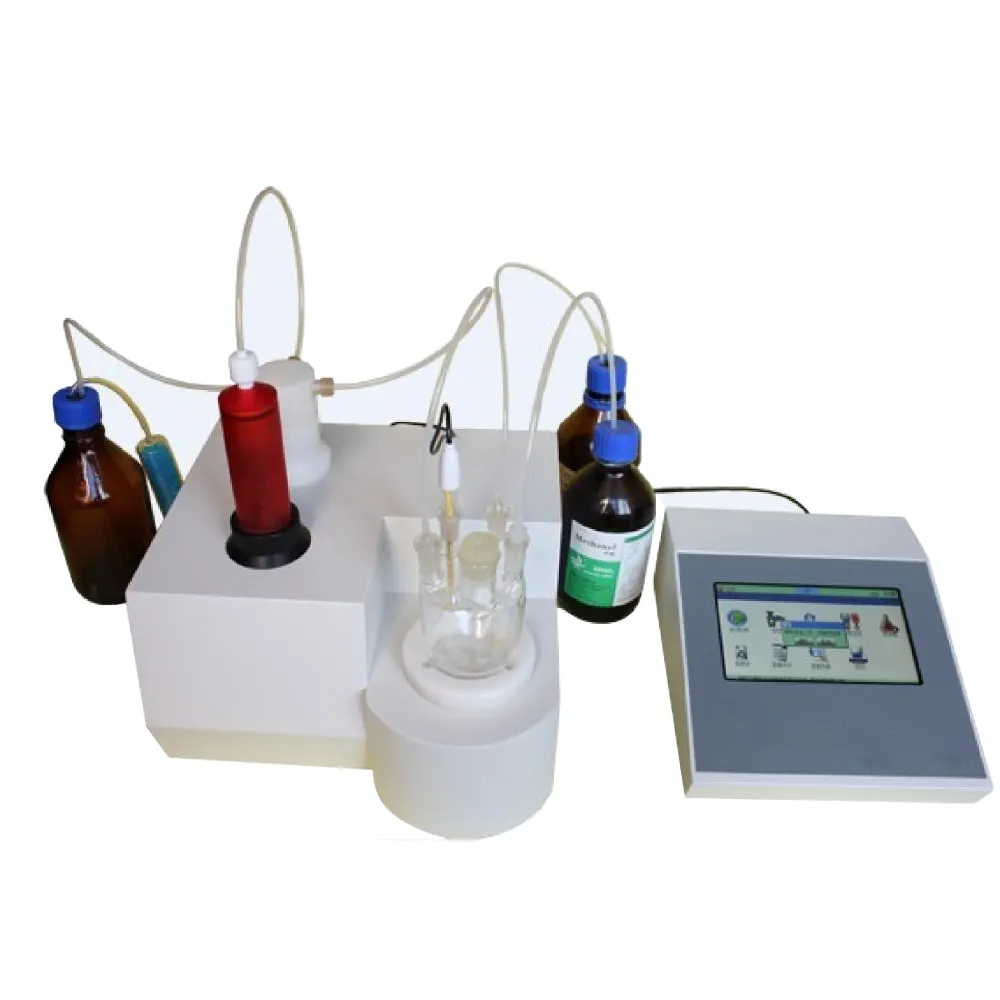 English
English



-
 Afrikaans
Afrikaans -
 Albanian
Albanian -
 Amharic
Amharic -
 Arabic
Arabic -
 Armenian
Armenian -
 Azerbaijani
Azerbaijani -
 Basque
Basque -
 Belarusian
Belarusian -
 Bengali
Bengali -
 Bosnian
Bosnian -
 Bulgarian
Bulgarian -
 Catalan
Catalan -
 Cebuano
Cebuano -
 China
China -
 China (Taiwan)
China (Taiwan) -
 Corsican
Corsican -
 Croatian
Croatian -
 Czech
Czech -
 Danish
Danish -
 Dutch
Dutch -
 English
English -
 Esperanto
Esperanto -
 Estonian
Estonian -
 Finnish
Finnish -
 French
French -
 Frisian
Frisian -
 Galician
Galician -
 Georgian
Georgian -
 German
German -
 Greek
Greek -
 Gujarati
Gujarati -
 Haitian Creole
Haitian Creole -
 hausa
hausa -
 hawaiian
hawaiian -
 Hebrew
Hebrew -
 Hindi
Hindi -
 Miao
Miao -
 Hungarian
Hungarian -
 Icelandic
Icelandic -
 igbo
igbo -
 Indonesian
Indonesian -
 irish
irish -
 Italian
Italian -
 Japanese
Japanese -
 Javanese
Javanese -
 Kannada
Kannada -
 kazakh
kazakh -
 Khmer
Khmer -
 Rwandese
Rwandese -
 Korean
Korean -
 Kurdish
Kurdish -
 Kyrgyz
Kyrgyz -
 Lao
Lao -
 Latin
Latin -
 Latvian
Latvian -
 Lithuanian
Lithuanian -
 Luxembourgish
Luxembourgish -
 Macedonian
Macedonian -
 Malgashi
Malgashi -
 Malay
Malay -
 Malayalam
Malayalam -
 Maltese
Maltese -
 Maori
Maori -
 Marathi
Marathi -
 Mongolian
Mongolian -
 Myanmar
Myanmar -
 Nepali
Nepali -
 Norwegian
Norwegian -
 Norwegian
Norwegian -
 Occitan
Occitan -
 Pashto
Pashto -
 Persian
Persian -
 Polish
Polish -
 Portuguese
Portuguese -
 Punjabi
Punjabi -
 Romanian
Romanian -
 Russian
Russian -
 Samoan
Samoan -
 Scottish Gaelic
Scottish Gaelic -
 Serbian
Serbian -
 Sesotho
Sesotho -
 Shona
Shona -
 Sindhi
Sindhi -
 Sinhala
Sinhala -
 Slovak
Slovak -
 Slovenian
Slovenian -
 Somali
Somali -
 Spanish
Spanish -
 Sundanese
Sundanese -
 Swahili
Swahili -
 Swedish
Swedish -
 Tagalog
Tagalog -
 Tajik
Tajik -
 Tamil
Tamil -
 Tatar
Tatar -
 Telugu
Telugu -
 Thai
Thai -
 Turkish
Turkish -
 Turkmen
Turkmen -
 Ukrainian
Ukrainian -
 Urdu
Urdu -
 Uighur
Uighur -
 Uzbek
Uzbek -
 Vietnamese
Vietnamese -
 Welsh
Welsh -
 Bantu
Bantu -
 Yiddish
Yiddish -
 Yoruba
Yoruba -
 Zulu
Zulu
dfr testing of transformer
DFR Testing of Transformers A Comprehensive Overview
Transformers are vital components in electrical power systems, responsible for voltage regulation and power distribution. Ensuring their reliability and longevity is critical to maintaining the stability of the entire electrical grid. One of the key processes in evaluating the health of transformers is Dissolved Gas Analysis (DGA) testing, specifically through a Differential Frequency Response (DFR) approach. This article delves into the significance, methodology, and benefits of DFR testing in transformer maintenance.
Understanding DFR Testing
Differential Frequency Response (DFR) testing is a diagnostic technique used to assess the insulation condition of transformers. This method focuses on the dielectric properties of transformer insulation systems, which can be indicative of potential faults. DFR testing is particularly effective in identifying insulation degradation caused by various stressors, including thermal aging, moisture ingress, and electrical stresses.
The Significance of DFR Testing
The health of transformer insulation is paramount for operational efficiency and reliability. Aging transformers can develop dielectric faults, leading to partial discharges or even catastrophic failures. DFR testing offers a non-invasive and highly sensitive means to monitor the insulation condition. By detecting abnormalities in frequency response, engineers can predict potential failures before they lead to significant outages or safety hazards.
Additionally, DFR testing can help utilities comply with industry standards and regulatory requirements. Many organizations, including the IEEE and IEC, advocate for regular diagnostic testing to ensure the reliability of electrical assets. Implementing routine DFR tests can play a crucial role in proactive maintenance strategies, thereby enhancing safety and availability.
The Methodology of DFR Testing
The DFR testing process involves several steps
1. Preparation Prior to testing, a thorough review of the transformer’s operational history, maintenance records, and previous test results is conducted. This context is vital for interpreting DFR results effectively.
2. Setup The transformer is typically de-energized, and connection points for testing equipment are established. The setup must ensure that all measured parameters are accurately represented.
dfr testing of transformer

3. Testing Procedure The DFR test involves applying a range of frequencies to the transformer insulation system. The equipment measures the dielectric response at each frequency, producing a detailed response curve.
4. Analysis Once data is collected, engineers analyze the frequency response curves against standard benchmarks. Deviations from expected patterns can indicate insulation issues that require further investigation.
5. Reporting Finally, a comprehensive report is generated, summarizing the findings and recommendations. This documentation serves as a critical resource for ongoing maintenance planning.
Benefits of DFR Testing
Implementing DFR testing yields numerous benefits
- Early Fault Detection By identifying insulation weaknesses early, utilities can take corrective action before a failure occurs, minimizing downtime and repair costs.
- Enhanced Asset Management DFR data provides actionable insights for utilities to prioritize maintenance efforts, allocate resources efficiently, and optimize transformer lifecycles.
- Regulatory Compliance Regular DFR testing aligns with industry standards, supporting utilities in maintaining compliance and avoiding penalties.
- Informed Decision-Making DFR testing equips utilities with essential information for strategic planning and investment in infrastructure improvements.
Conclusion
In conclusion, DFR testing of transformers is a pivotal aspect of ensuring the reliability and safety of electrical power systems. This diagnostic technique offers invaluable insights into the condition of transformer insulation, aiding in early fault detection, asset management, and regulatory compliance. As the demand for reliable electrical infrastructure grows, the importance of advanced testing methods like DFR will only increase. For utilities that prioritize proactive maintenance and operational efficiency, incorporating DFR testing into their strategies is an essential step towards achieving long-term reliability in their systems.
-
Testing Equipment Industry Sees Major Advancements in 2025: Smart & Precision Technologies Lead the WayNewsJun.06,2025
-
Applications of Direct Current Generators in Renewable Energy SystemsNewsJun.05,2025
-
Hipot Tester Calibration and Accuracy GuidelinesNewsJun.05,2025
-
Digital Circuit Breaker Analyzer Features and BenefitsNewsJun.05,2025
-
Benefits of Real-Time Power Quality Monitoring Devices for Industrial EfficiencyNewsJun.05,2025
-
Earth Fault Loop Testing in High-Rise Building Electrical SystemsNewsJun.05,2025



